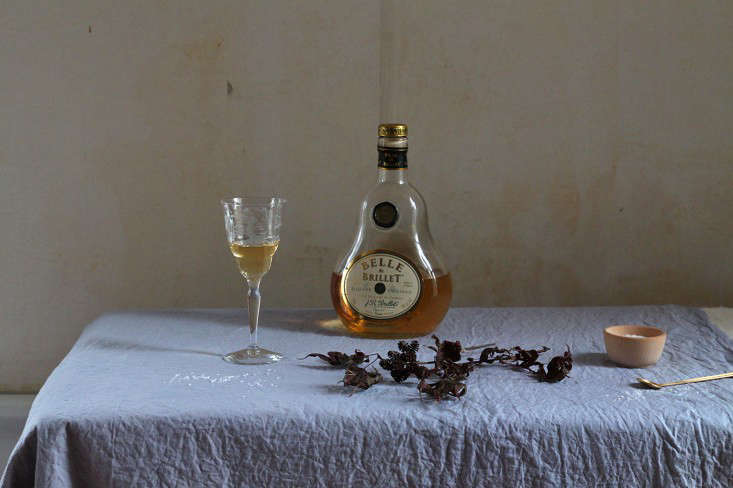Surgeons require less equipment than what my three brothers and I routinely spread out on the kitchen table to dye Easter eggs when we were children.
Our father was a pharmacist, so we had eyedroppers and tiny tongs and test tubes—and in my brothers’ case, the vague hope of causing an explosion. Much of what I remember about the 1970s, in fact, includes the heavy scent of the white vinegar my brothers poured in rather large quantities onto fizzy dye tablets. But the only alarming results were shocking shades of pink and green and blue and purple. Our attempts to vary the color palette with the use of a wax crayon and selective dipping strategies usually ended badly, with muddy brown eggs.
If only we were children today. My brothers and I might have put aside our rubber gloves and safety goggles—yes, they too came from my dad’s drugstore—to embrace the joys of natural dyes, not only because of the nuanced pastel shades they create, but also (in my brothers’ case) for the fun of mashing blueberries. Here are some recipes for making natural dyes.
Photography by Andrea Pacheco via Flickr.



For more Easter inspiration, see:
- DIY Bird Nests: Twig Tabletop Arrangements for Easter
- Easter at Villa Augustus in the Netherlands
- DIY: Easter Egg Radish Centerpiece












Have a Question or Comment About This Post?
Join the conversation (2)